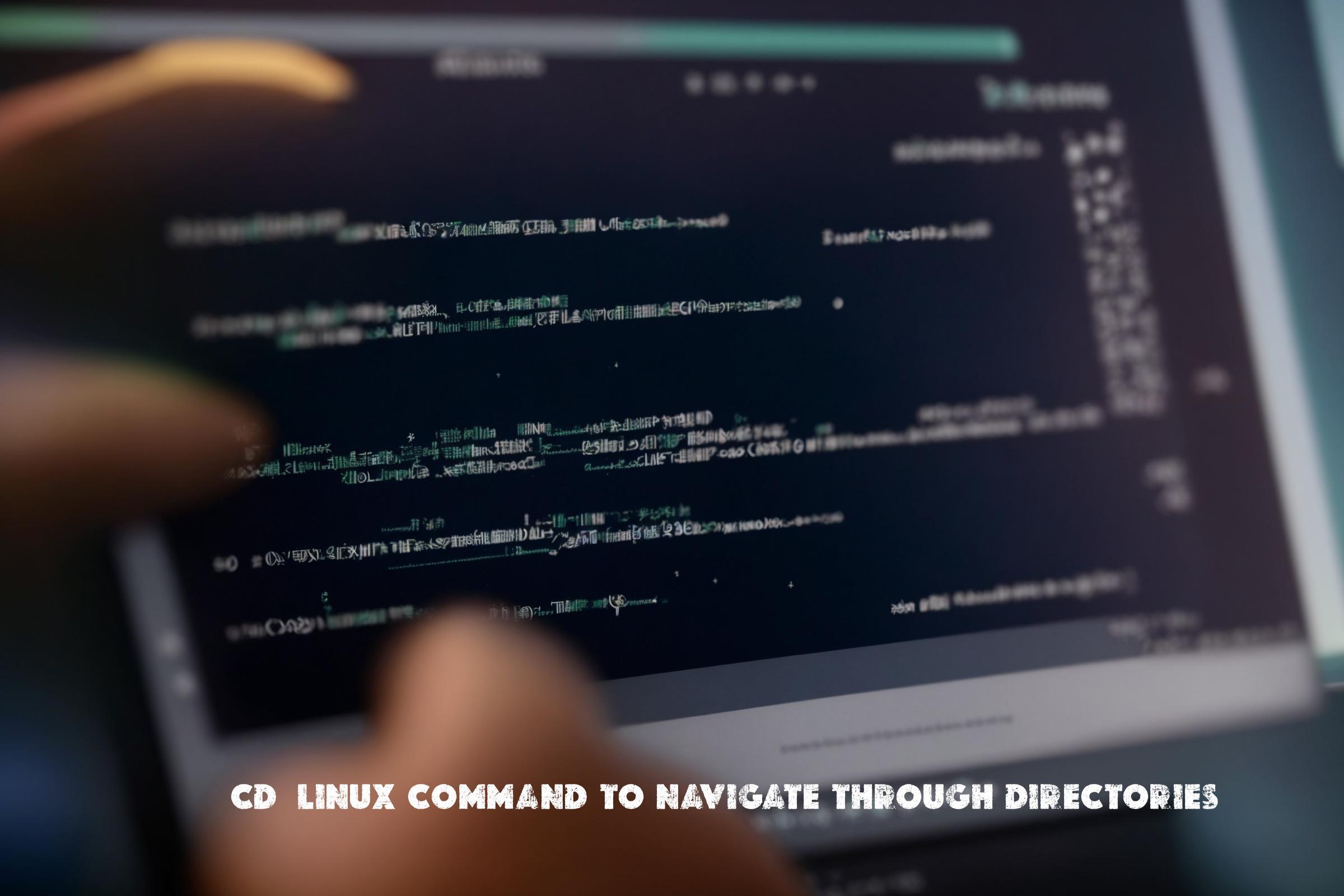
Guide for cd – Linux command to navigate through directories
Introduction to the cd command
The `cd` command is a Linux command-line utility that is used to navigate through directories. It stands for “change directory” and is one of the most frequently used commands in Linux. The `cd` command allows users to move between directories and access files and directories within the file system.
What does the cd command do?
The `cd` command is used to change the current working directory in Linux. It allows users to navigate through the file system and access files and directories. By default, the `cd` command takes the user to their home directory. However, it can also be used to navigate to specific directories by specifying the directory path as an argument.
Where is the cd command used?
The `cd` command is used in the Linux command-line interface (CLI) and is available on all Linux distributions. It is commonly used by system administrators, developers, and power users to navigate through the file system and access files and directories. The `cd` command is an essential tool for managing and organizing files and directories in Linux.
Programming languages used to build the cd command
The `cd` command is a built-in command in the Linux shell and is not implemented using a specific programming language. It is part of the shell’s functionality and is executed directly by the shell.
How to install the cd command on supported operating systems?
The `cd` command does not require installation as it is a built-in command in the Linux shell. It is available by default on all Linux distributions and can be accessed through the command-line interface.
Examples of cd command usage
Here are some examples of how the `cd` command can be used:
1. Change to the home directory:
cd
This command will take you to your home directory.
2. Change to a specific directory:
cd /path/to/directory
This command will take you to the specified directory.
3. Change to the parent directory:
cd ..
This command will take you to the parent directory of the current directory.
4. Change to the previous directory:
cd -
This command will take you to the previous directory you were in.
Similar commands and benefits
There are several commands and utilities that are similar to the `cd` command in Linux. Some of them include:
– `pwd`: This command is used to print the current working directory.
– `ls`: This command is used to list files and directories in the current directory.
– `mkdir`: This command is used to create a new directory.
– `rmdir`: This command is used to remove a directory.
The `cd` command is beneficial because it allows users to navigate through the file system quickly and efficiently. It is an essential tool for managing and organizing files and directories in Linux.
Scripts using the cd command for automation
Here are three examples of scripts that use the `cd` command for automation:
1. Script to change to a specific directory and execute a command:
#!/bin/bash cd /path/to/directory ./command.sh
2. Script to change to a directory and perform a backup:
#!/bin/bash cd /path/to/source tar -czf backup.tar.gz * mv backup.tar.gz /path/to/destination
3. Script to change to a directory and delete all files older than a certain date:
#!/bin/bash
cd /path/to/directory
find . -type f -mtime +30 -exec rm {} \;
List of cd command functions and constants
Here is a table listing the functions and constants related to the `cd` command:
| Function/Constant | Description |
|——————-|————-|
| `cd` | Change the current working directory to the specified directory. |
| `~` | Represents the user’s home directory. |
| `.` | Represents the current directory. |
| `..` | Represents the parent directory. |
| `-` | Represents the previous directory. |
Conclusion
The `cd` command is a fundamental tool in Linux that allows users to navigate through directories and access files and directories within the file system. It is widely used by system administrators, developers, and power users to manage and organize files and directories. The `cd` command is an essential part of the Linux command-line interface and is available on all Linux distributions.

This article incorporates information and material from various online sources. We acknowledge and appreciate the work of all original authors, publishers, and websites. While every effort has been made to appropriately credit the source material, any unintentional oversight or omission does not constitute a copyright infringement. All trademarks, logos, and images mentioned are the property of their respective owners. If you believe that any content used in this article infringes upon your copyright, please contact us immediately for review and prompt action.
This article is intended for informational and educational purposes only and does not infringe on the rights of the copyright owners. If any copyrighted material has been used without proper credit or in violation of copyright laws, it is unintentional and we will rectify it promptly upon notification. Please note that the republishing, redistribution, or reproduction of part or all of the contents in any form is prohibited without express written permission from the author and website owner. For permissions or further inquiries, please contact us.


